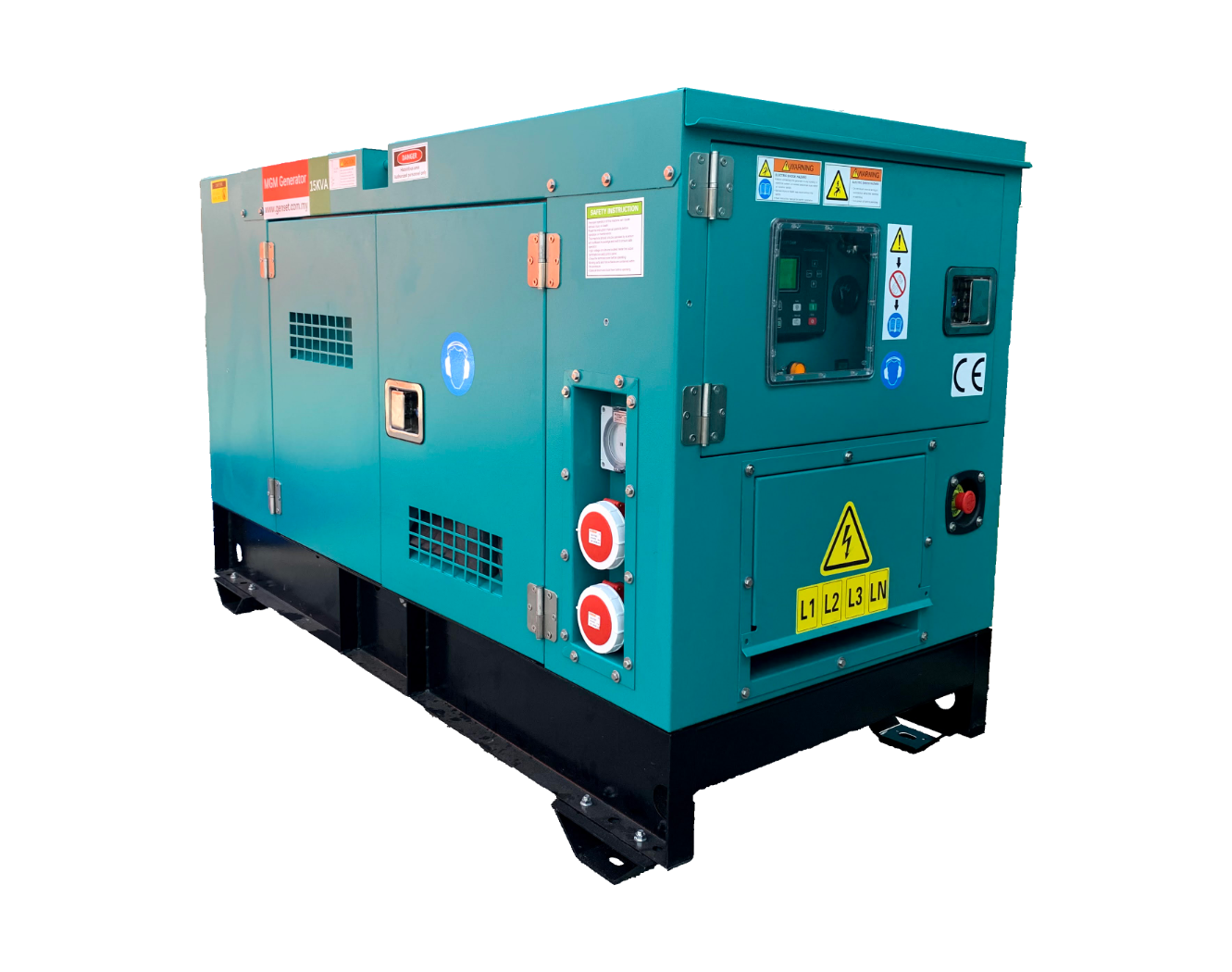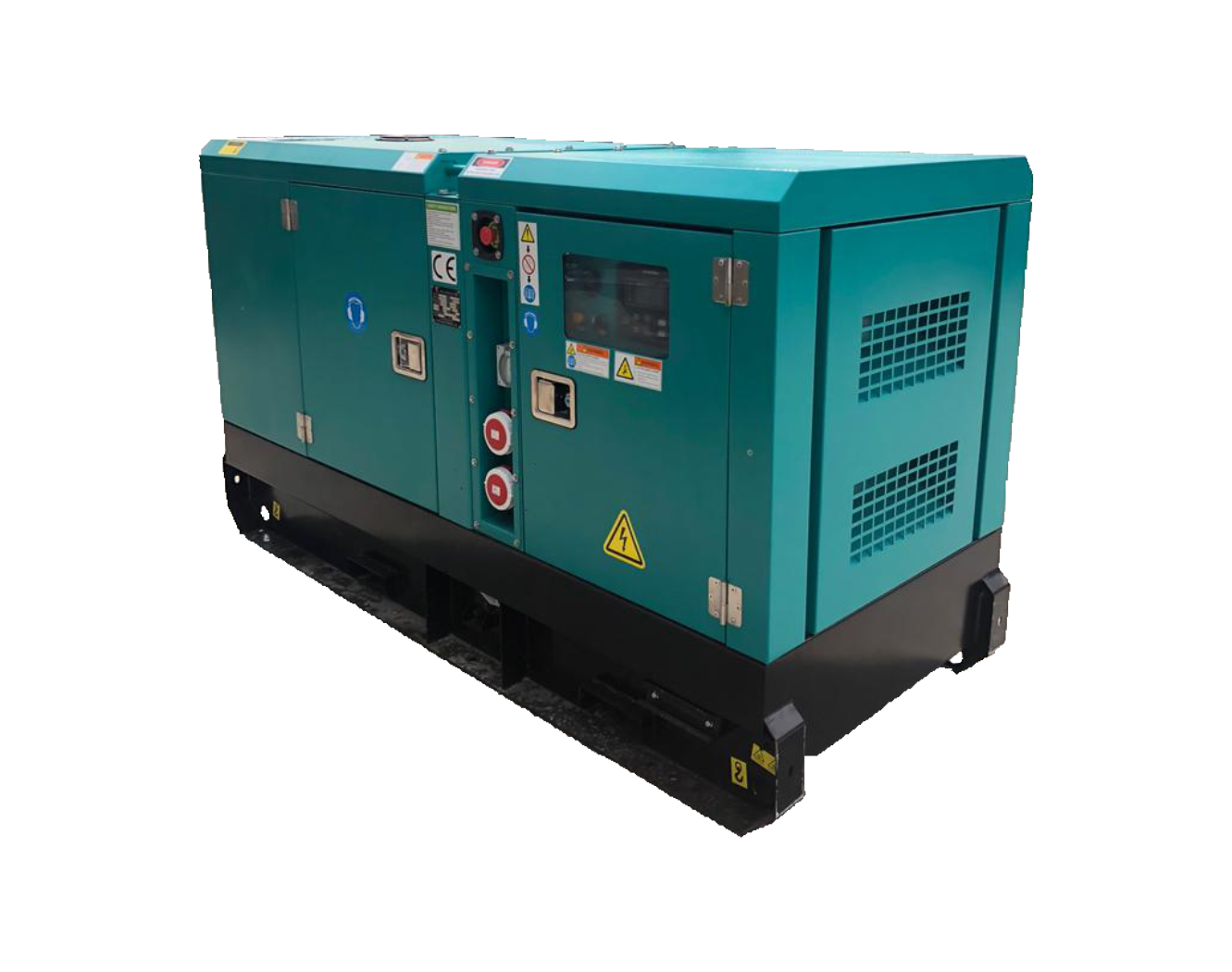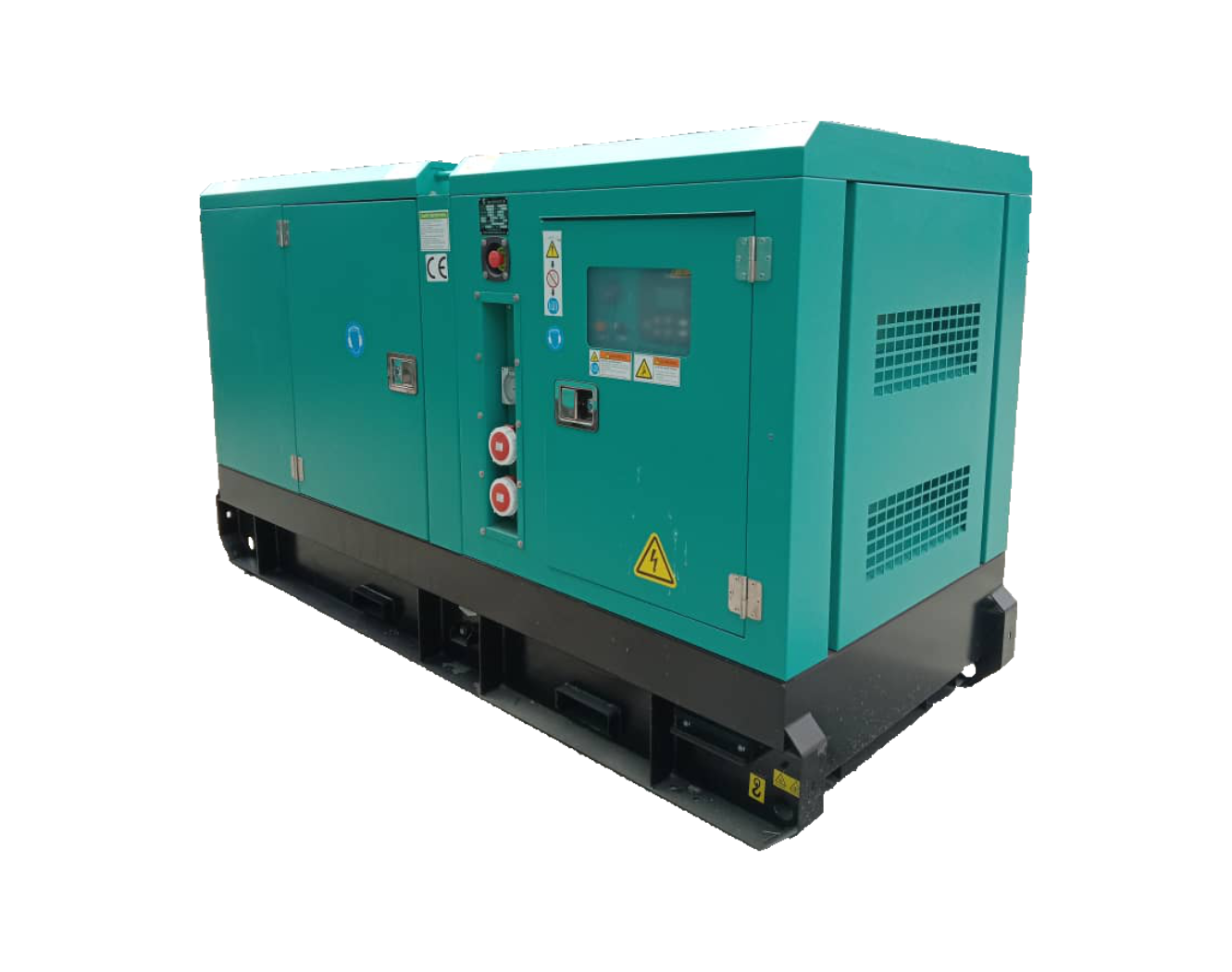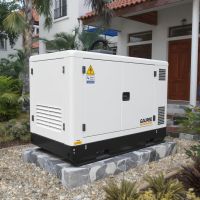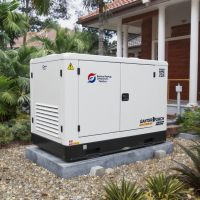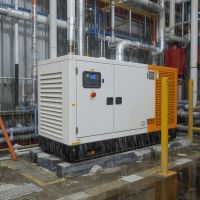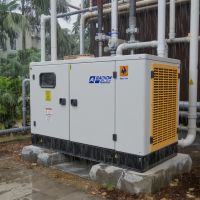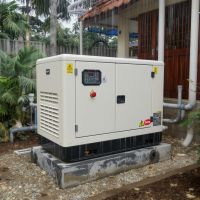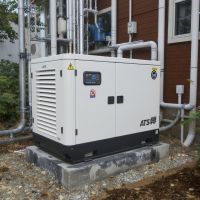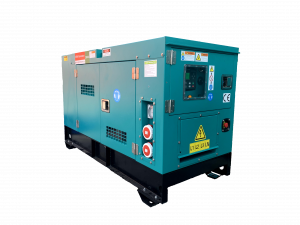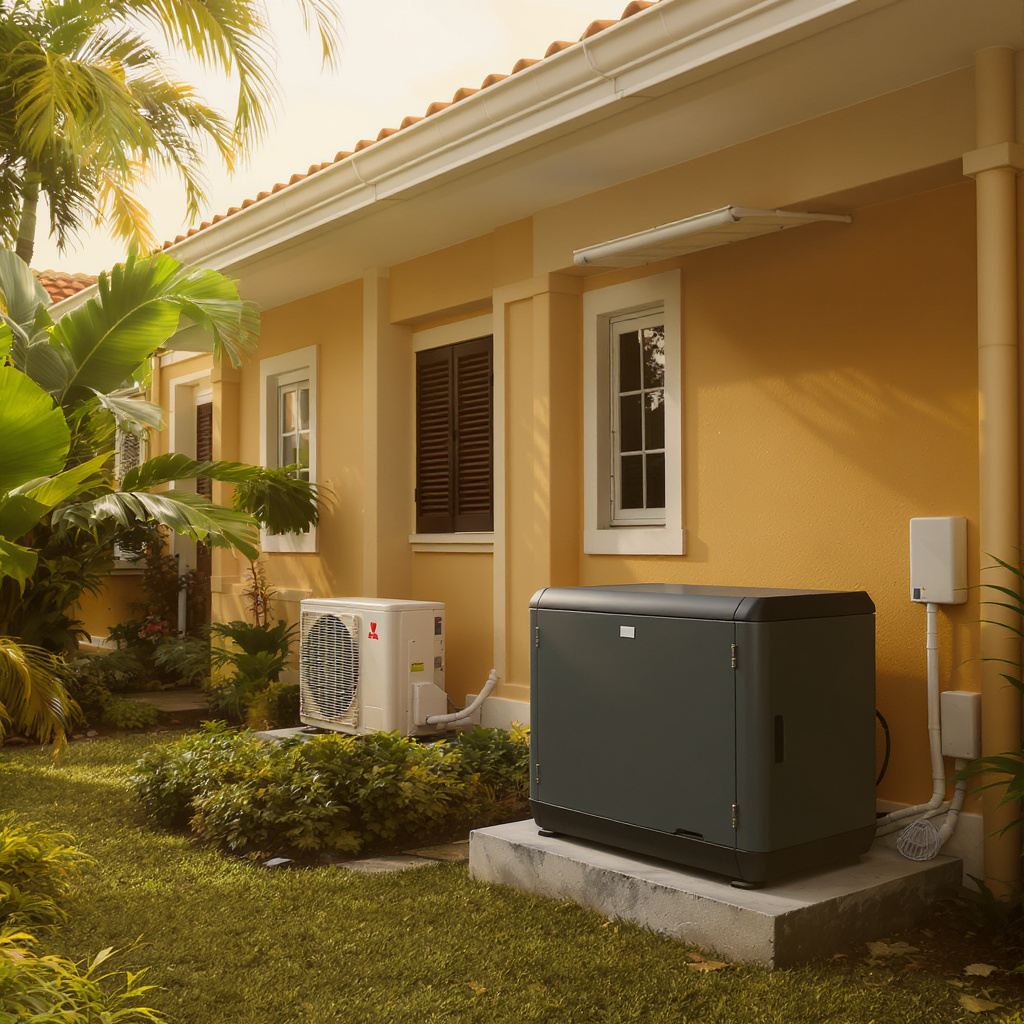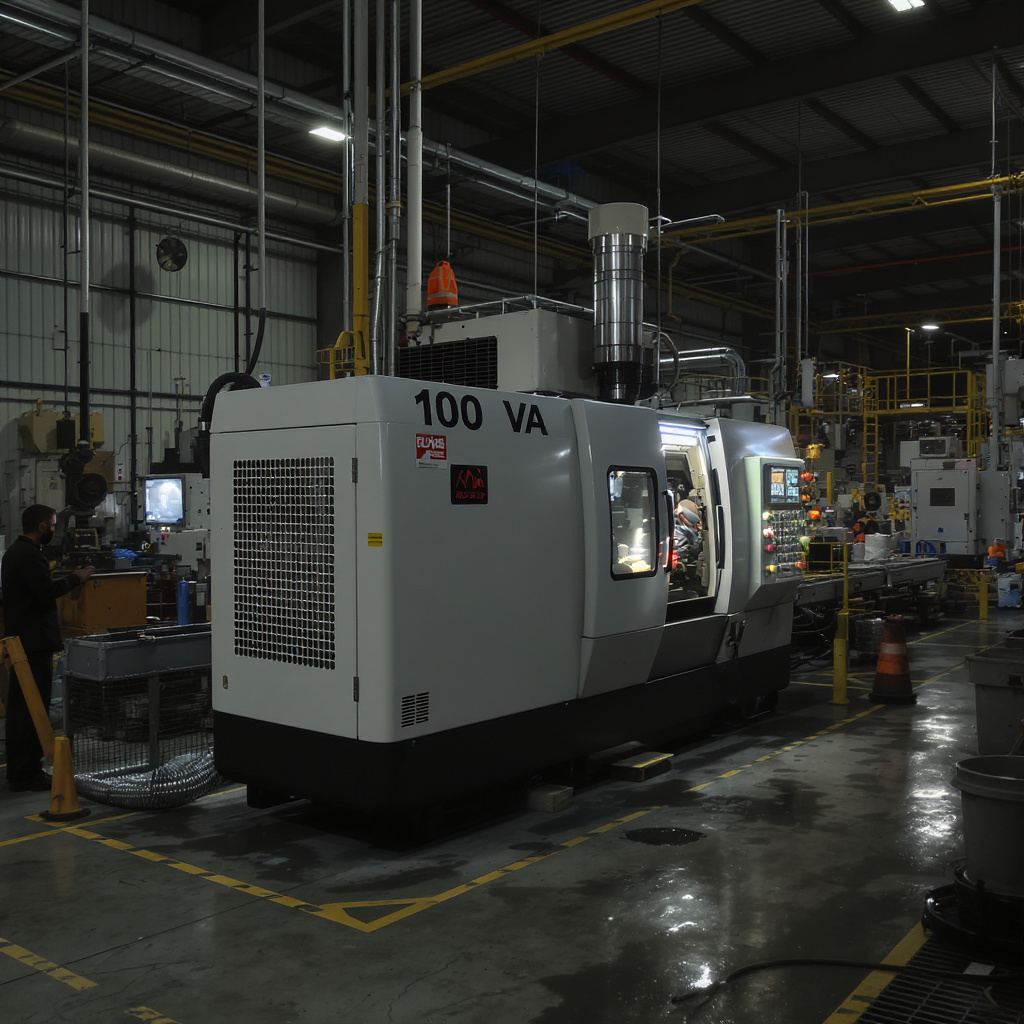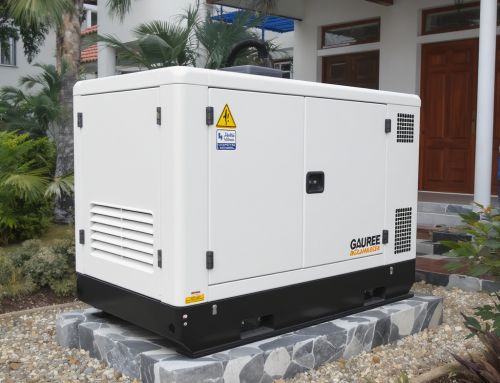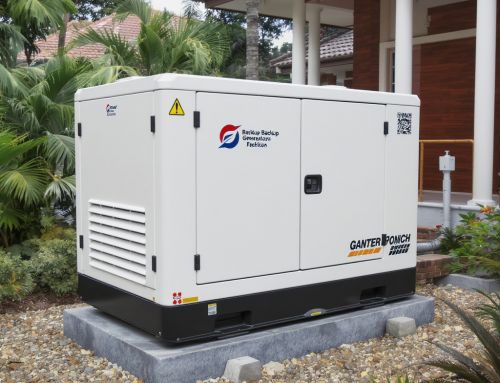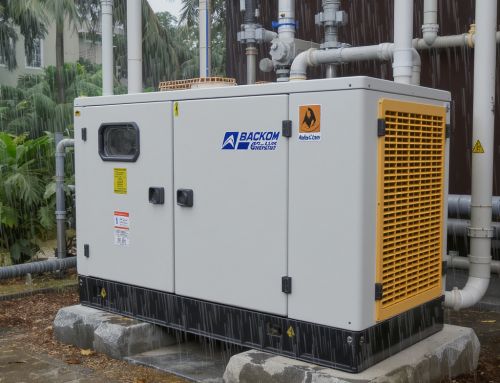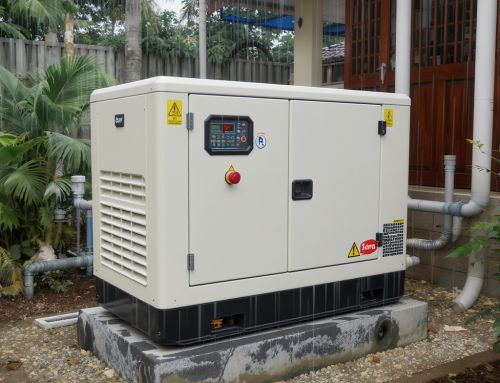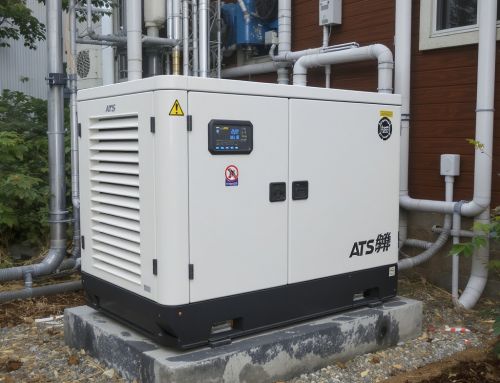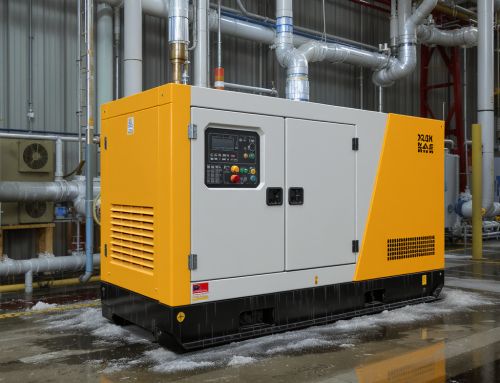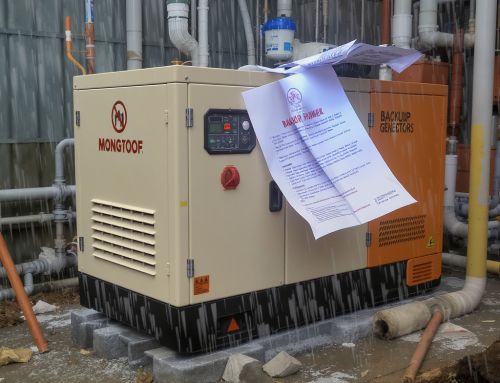Beating Malaysia’s Heat-Wave Blackouts: Backup Generators for Homes and Factories—ROI, Noise, and Sizing Guide
Malaysia’s heat waves push power demand to the limit as air-conditioners run around the clock. The result? Localised voltage dips and unplanned outages that can leave homes sweltering and factories idle. A properly sized standby generator protects your comfort, safety, and productivity—whether you’re cooling a double-storey terrace house or keeping a light-industrial line moving. This guide explains how to choose the right system, the real ROI during heat-driven blackouts, and how to manage noise, placement, and compliance.
Why heat-wave outages hurt—homes and factories alike
For homeowners, even short interruptions can spoil food, interrupt remote work, and make sleeping dangerously uncomfortable for the elderly or anyone with health conditions. Security systems, electronic locks, and sump pumps may also go offline. In factories, a single power cut can ruin in-process batches, create safety hazards during equipment coast-down, and trigger hours of re-commissioning. If you run temperature-sensitive storage or CNC machines, blackouts translate immediately into lost margin.
Right-sizing your generator in Malaysia
Home applications typically fall between 6–20 kVA depending on air-conditioning loads, water pumps, fridges, and lighting. Larger homes with multiple compressors and lifts can require 20–40 kVA. If you prefer headroom for future loads or to start multiple ACs at once, consider stepping up to options like the 30 kVA MGM Generator which balances capacity with a compact footprint suitable for landed properties.
For light-industrial and factory use, many sites land in the 60–160 kVA range depending on three-phase machinery, compressors, and inrush currents. A popular middle ground is the 100 kVA MGM Generator (Mark 12)—robust enough to ride through starting loads while maintaining stable voltage and frequency for sensitive electronics. Always capture real load profiles (starting vs. running amps) before finalising kVA.
Heat-wave ROI: what it really looks like
ROI is about avoided loss. For homes, tally food spoilage, hotel stays, medical risks, and the cost of replacing sensitive electronics after brownouts. Over a few seasons of heat-wave peaks, these add up quickly—often eclipsing the monthly finance cost of a compact standby set. In factories, calculate hourly gross margin, scrap risk on WIP, and overtime required to recover schedules. Even a single multi-hour outage during a hot spell can justify a generator that pays for itself within a year.
Noise, emissions, and placement
Modern acoustic enclosures and quality engine mounts can keep sound levels neighbourhood-friendly when placed correctly (observe boundary setbacks and direct exhaust away from neighbours). For homes, locate on a level pad with airflow clearance on all sides; for factories, consider a ventilated plant room or weatherproof outdoor canopy. Diesel units with efficient combustion and proper maintenance reduce visible smoke and odour. Add a bunded base for spill containment and comply with local authority guidelines for exhaust and fuel storage.
Reliability features that matter in the heat
Pair your generator with an Automatic Transfer Switch (ATS) to restore power within seconds. Specify tropical-rated alternators, oversize radiators for high ambient temperatures, and battery chargers with temperature compensation. Schedule periodic load-bank tests—especially before the hot season—to verify cooling and fuel delivery under stress. For estates or smaller factories, consider a day tank sized for at least 8–12 hours of runtime to cover peak-demand outage windows.
Procurement tips and next steps
- Confirm three key numbers: peak starting kVA, running kW, and power factor.
- Verify enclosure sound data and plan placement early to avoid neighbour complaints.
- Ask for preventive maintenance plans and parts availability in Malaysia.
- Ensure earthing, surge protection, and neutral arrangements are correct for your site.
Need help sizing for your home or factory? Speak to our engineers for a fast, practical recommendation and a site-ready quote. Reach us at genset@genset.com.my or +60129689816, or send your load list via our contact form. If you already know your ballpark capacity, explore proven models like the 30 kVA for larger homes or the 100 kVA for light industry using the links above.
With the right standby generator in place before the next heat wave, your family stays comfortable and your factory keeps shipping—no matter what the grid is doing.

